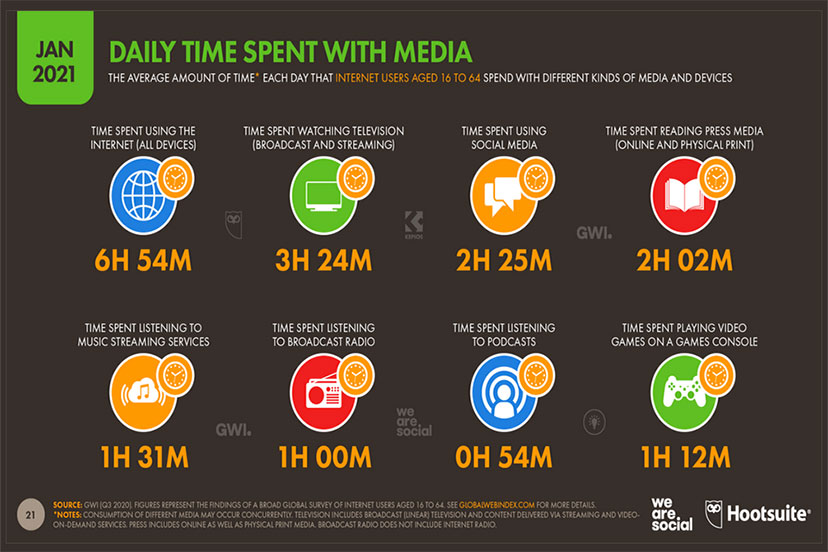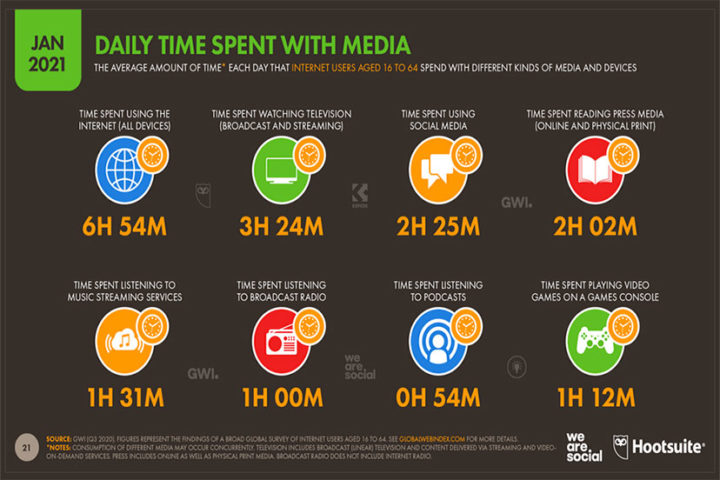The American West currently struggles with a number of serious problems… some of which are common to the entire U.S. A viral pandemic and its direct economic consequences seems to be currently at the top of the list.
But some of the problems are regional. Here in the West, we could easily put decade-long drought conditions and water shortages at the top of the list, if we wanted. Here’s the introduction to an October 24 article in Governing magazine, titled, “Drought-Stricken Western Towns Say No to Developers”:
In the small city of Oakley, Utah, the drought conditions parching much of the West have depleted the natural springs that supply water to the community. During each of the past several summers, local leaders worried that quenching any major fire might empty the city’s water tanks.
The city issued water-use restrictions this past April and residents cut back, but officials heard a consistent message from their constituents, said Mayor Wade Woolstenhulme.
“If you guys are so low on water, why do you keep giving out building permits?”
In May, Oakley’s city council voted to pause new development and to prohibit any new landscaping needing irrigation, including private lawns. The 180-day ban was a drastic measure that city leaders were reluctant to take. Woolstenhulme said they had no choice.
“We can only allow [development] that we can provide water for,” he said. “We need to protect the people who live here before we let more people come in.”
Pagosa Springs is not currently suffering from drought conditions, the same way some other towns are in the American West. But we have our own problems, and some of them have to do with letting more people come in…
…while other problems can appear to be related to a lack of population, or a lack of ‘economic development’.
In 2010, the Archuleta Economic Development Association was falling apart. It had been struggling for many years to attract new businesses that paid decent wages, with little success. The lack of success was understandable, because Pagosa Springs had become a tourist town, and tourist towns are notorious for featuring low-paying jobs and high housing costs.
But a general belief remained, among business and government leaders in 2010, that we were simply doing economic development badly, and what we needed was a new organization and a new executive director. The new organization would be an ‘independent’ non-profit called the Pagosa Springs Community Development Corporation (PSCDC), initially funded by local taxes, but eventually becoming a jointly-funded organization, supported and run mainly by Pagosa’s business community, who would be joining the organization in large numbers as dues-paying members.
The long-term goal was to wean the organization off the government teat.
Eleven years later, the PSCDC appears to have about 20 paying members. A majority of the Board of Directors are government officials.
The general idea behind ‘economic development’ — which, as was discussed yesterday in Part One, is not the same as ‘community development’ — is to attract new businesses to the community, or to expand existing businesses, using taxpayer funding. Because ‘jobs’ are a good thing.
Jobs are a good thing, if they pay a living wage. Jobs that leave people unable to afford rent, or buy nutritious food, are not so good.
Most of PSCDC’s revenue, lately, has been used to fund the Broadband Services Office, managed by local business owners Eric Hittle (Echo IT) and Jason Cox (Riff Raff Brewing). As far as I can tell, most of the funding for the Broadband Services Office has been donated by the taxpayers.
Back in the 1990s — before ‘broadband’ existed — internet users typically hooked up via ordinary telephone wires, using DSL (Digital Subscriber Line) technology. We didn’t typically watch videos via the internet in those days, because a copper telephone line could deliver only very poor quality video.
In 2021, a variety of broadband choices are available to Pagosa Springs internet users. You can still get internet through telephone wires, but other choices include wireless (through a microwave dish), cable TV, fiber optic cable, and via satellite. Many people are using their cell phones as their primary connection to the internet.
Here’s a chart from DataReportal.com showing the primary forms of entertainment we are accessing online. TV. Social media. News. Streaming music. Streaming radio. Online games.
The average internet user is spending about 48 hours per week — equal to two 24-hour days of each week — on the internet.
Thanks to broadband, we are watching a lot of videos. Cisco Systems estimated back in 2019 that, by this year, 82% of all web traffic would be video content… and when we consider that an estimated 15% of that video traffic consists of pornography, we might come to the conclusion that the primary function of broadband is to provide entertainment.
And not always healthy entertainment.
We, the taxpayers, are now asked to continually subsidize an industry that provides mainly videos, social media, and pornography. Except no one actually asked us.
In order to ‘compete’ in a changing world with a huge appetite for entertainment, communities all across the country have been directing taxpayer funding at broadband development, much to the delight of privately owned ISPs (Internet Service Providers).
Meanwhile, multi-billion-dollar companies like StarLink, OneWeb, and Amazon are sending thousands of communications satellite into low earth orbit, to send and receive broadband internet to and from any inhabited location on the planet.
We will soon be able to enjoy even more Facebook posts, videos, and pornography… in even more places where workers can’t afford to live.
The expansion of local broadband has been a primary goal of the Archuleta Board of County Commissioners and the Pagosa Springs Town Council for at least the past four years. During that time, we’ve heard rumors that “tech workers” with high-paying jobs, and who can work “remotely”, have been relocating to Archuleta County. Although the rumors haven’t provided the number of such workers — a dozen? two dozen? — it can be a mixed blessing to have high-paid tech workers moving to town and helping to drive up the price of real estate, in a community where so many workers struggle with low-paying jobs.
What was it, Mayor Woolstenhulme said? “We need to protect the people who live here, before we let more people come in…”


